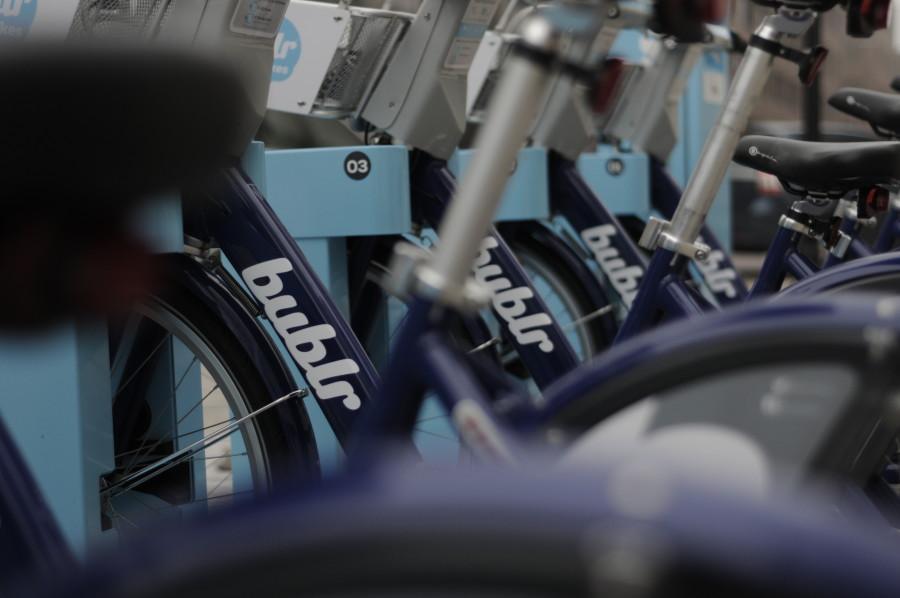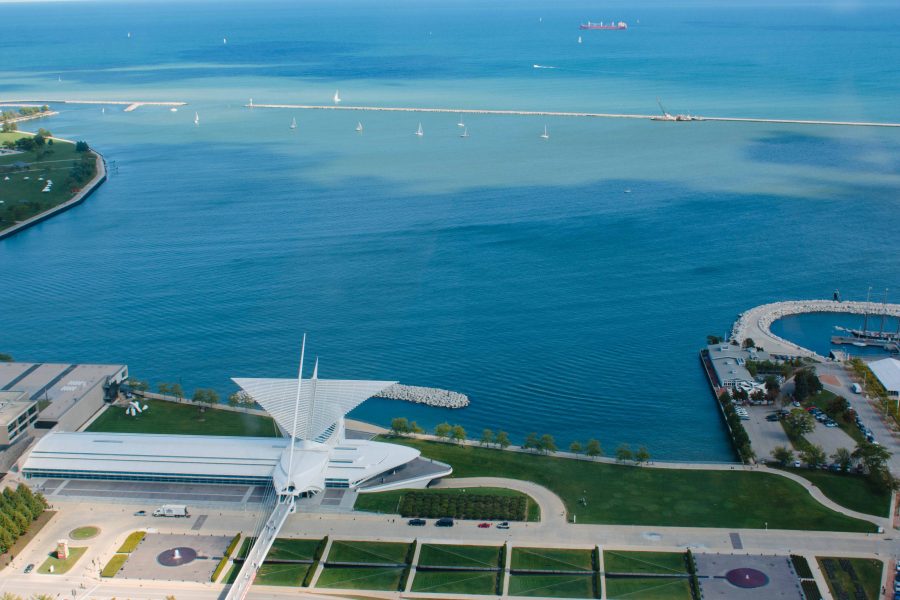Ingeteam’s arrival the latest to a former vast, brown wasteland
A Spanish energy firm’s decision to locate to Milwaukee’s Menomonee Valley is yet another sign of how the area is springing from the ashes of post-industrial desolation to become a hub for economic development and ecological conservation.
Plans for a new wind turbine facility run by Ingeteam LLC were announced earlier this month at Mayor Tom Barrett’s State of the City address. The company joins other major businesses like Miller Park, Palermo’s Pizza, the Harley-Davidson Museum and Potawatomi Casino in an area that was once a vast brownfield.
Melissa Cook, manager of the Hank Aaron State Trail and of the Wisconsin Department of Natural Resources, said the Valley today is a far cry from how it looked before an ongoing revitalization initiative began.
“(It was) very bleak, (with) abandoned buildings everywhere, and a river that looked more like a drainage ditch,” she said.
The access to water, workers and railways originally led several businesses to the Menomonee Valley after 1859, according to Milwaukee historian John Gurda. Lumber companies, tanneries and meat-packing plants made the Valley some of the most highly sought-after real estate.
But in the years after World War II, these businesses left the Valley for more efficient factories or entirely moved out of state for economic reasons, Gurda said.
Laura Bray, executive director of Menomonee Valley Partners, a non-profit organization that works to renew and improve the Valley area, said the opportunity was there to develop new properties.
“Before the revitalization there was unused land that wasn’t producing any jobs,” she said. “There were serious environmental issues, and it was a big opportunity near the city that was being wasted.”
A revitalization project has helped to improve quality of the Menomonee River and the aesthetic of the area. In the last 10 years, 26 new businesses have made the Valley their base and helped to create 4,200 new jobs, according to MVP.
Bray said the partnership between several private and public institutions accelerated the revitalization process and helped bring returns through sustainable efforts.
The valley’s 18-acre Stormwater Park was developed as a solution to river and lake pollution caused by rain runoff. Before, runoff had devastated the river by exposing it to various pollutants. Today, the park handles runoff and improves river water quality by utilizing its natural landscape to absorb polluted runoff water.
“The park is innovative and goes beyond and above what most people typically do to handle runoff and pollution,” Bray said.
The green efforts to revive the river area have received national recognition. The Sierra Club, the country’s largest environmental organization, recognized Stormwater Park as one of America’s best new projects in 2006.
Ideas to continue improvement in the Valley include the 7-mile Hank Aaron State Trail that runs from Lake Michigan to Miller
Park and provides an accessible urban trail for commuters and recreational bikers and runners. Bray said plans are underway to add six miles to the trail that would extend it to the Mitchell Park Horticultural Conservatory Domes and the Zablocki Veterans Administration facility.
The Urban Ecology Center is also formulating plans to build a third site in the Menomonee Valley, in addition to current sites in Riverside and Washington parks. Ginger Duiven, director of development and marketing at the UEC, said the new community center would offer recreational and educational programs such as canoe trips and hikes for 11 nearby schools.





